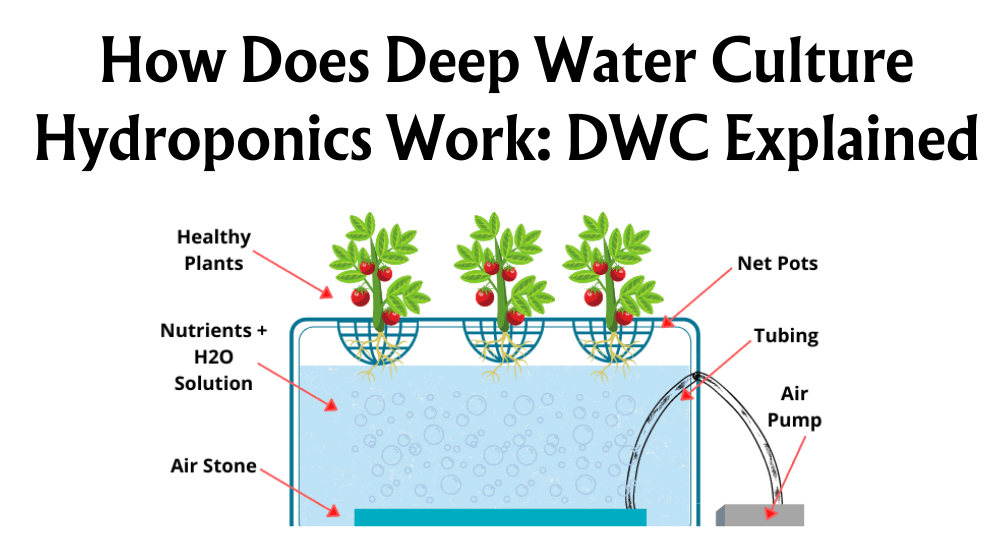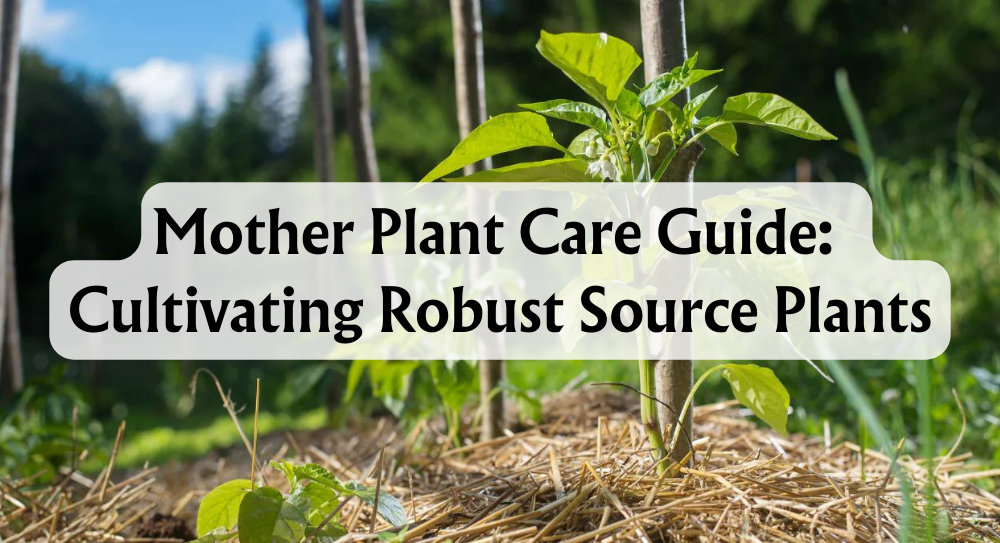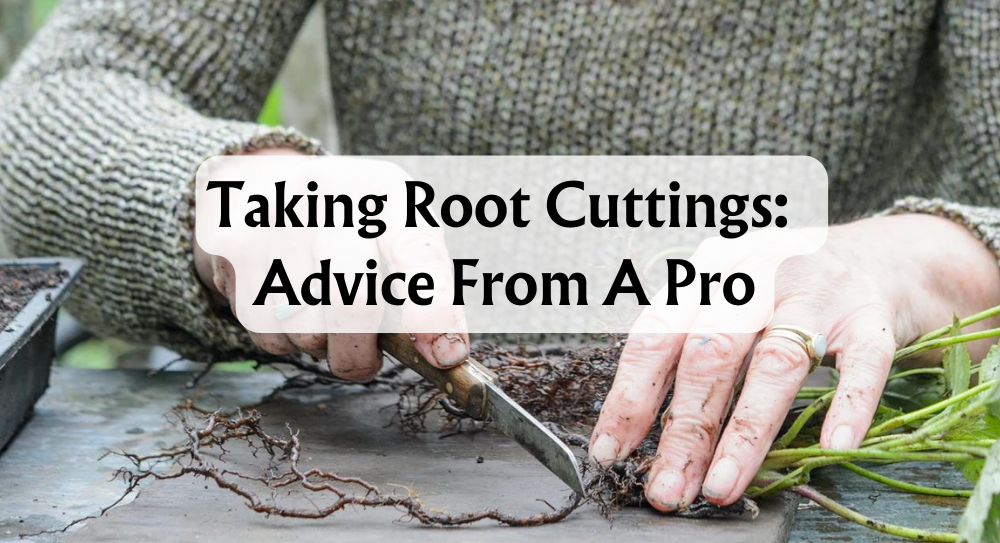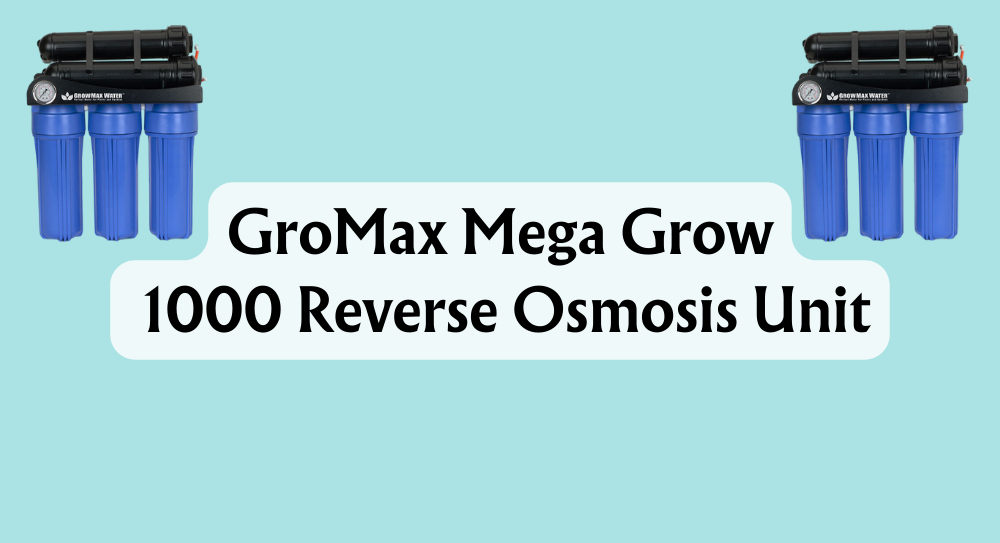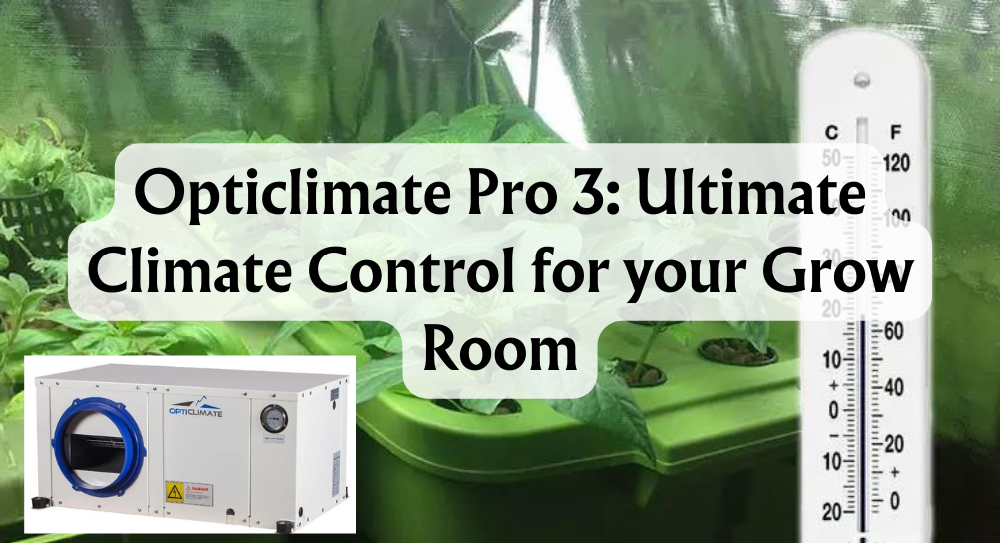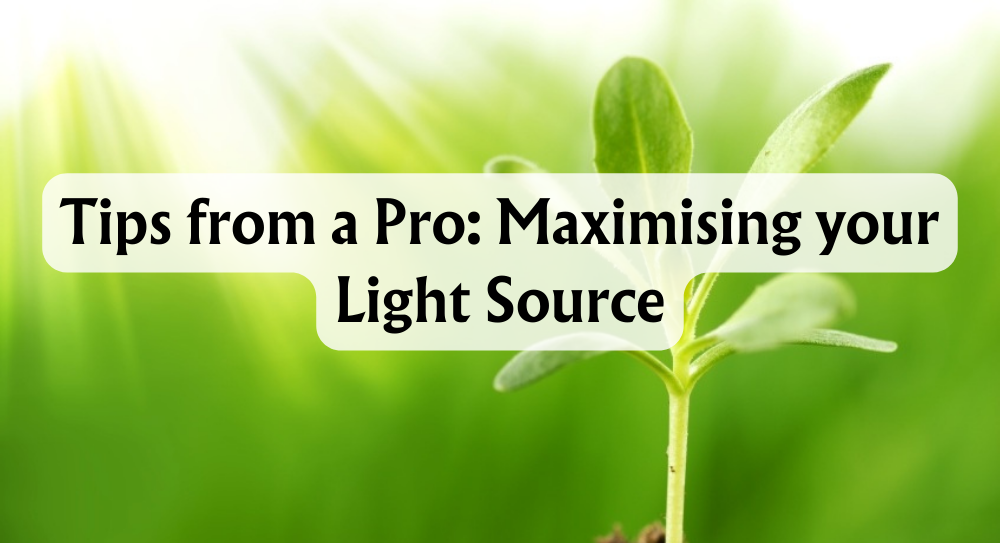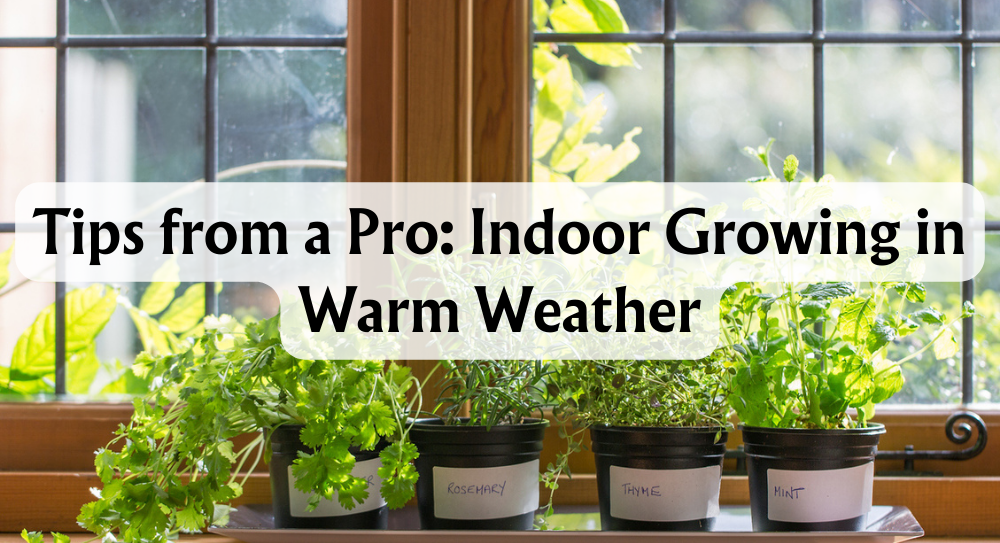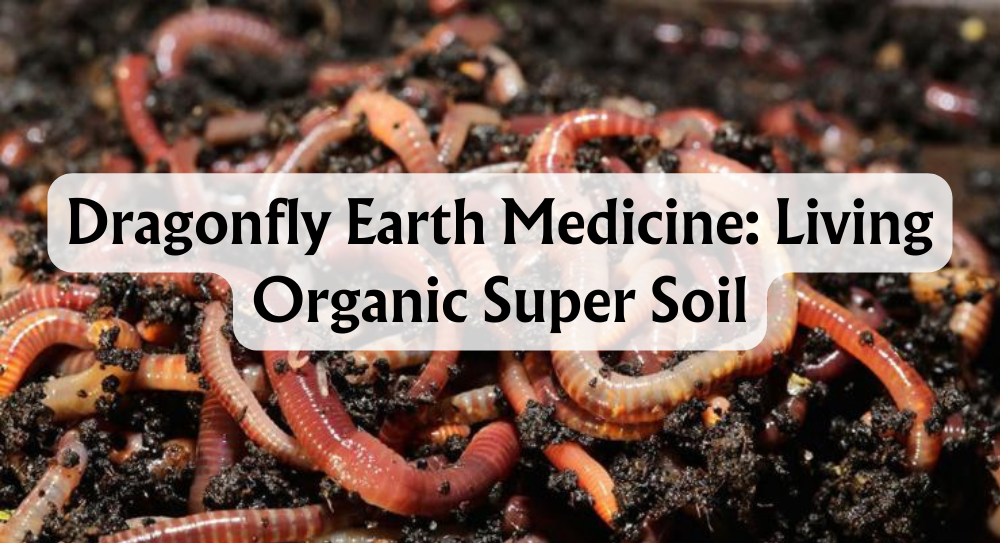When it comes to growing plants, we often hear about hydroponics and greenhouses as the top choices. Each method offers unique systems for nurturing plants, from soil-free hydroponic setups to traditional greenhouse environments that use soil or containers. The key difference is that hydroponics grows plants in nutrient-rich water without soil, while greenhouses typically use soil and control the climate around the plants.
Knowing the advantages and challenges of each approach helps us choose the right system for our needs, whether we're hobby gardeners or commercial growers. Understanding the contrasts between hydroponics and greenhouse farming lets us make better decisions for our crops, budgets, and goals.
Key Takeaways
- Hydroponics uses water and nutrients, while greenhouses usually rely on soil.
- Each method offers unique benefits for plant growth and resource efficiency.
- Understanding these differences supports informed choices for gardeners and growers.
What Is Greenhouse Farming?
When we talk about greenhouse farming, we mean growing plants in a specially constructed building—usually made of glass or plastic—that allows us to control the growing environment. Instead of relying only on natural weather, we manage aspects like temperature, humidity, and light for our crops.
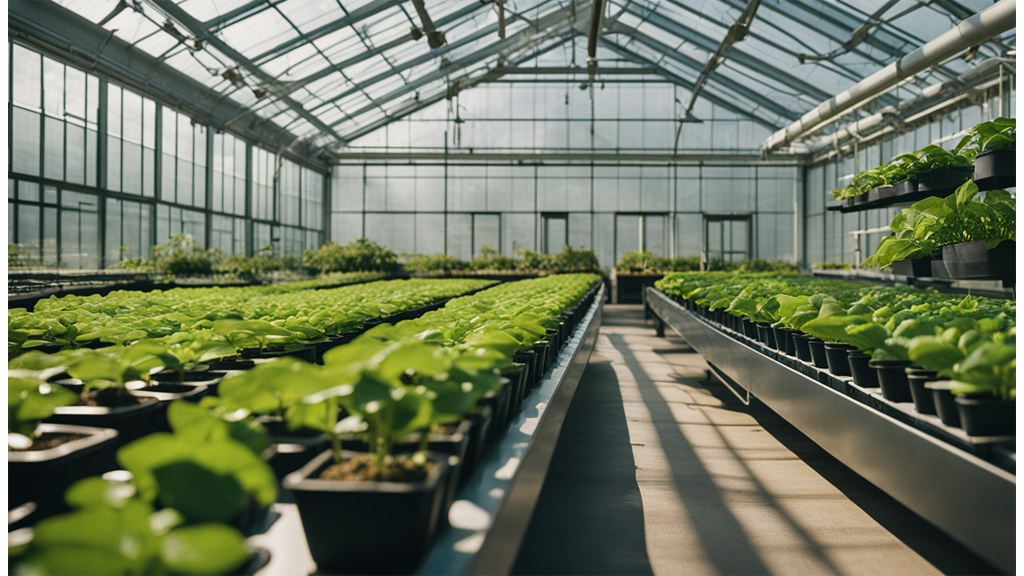
Greenhouse construction is designed to harness natural sunlight while providing protection from extreme weather. Ventilation systems and sometimes heaters or coolers help us maintain optimal plant growth conditions all year round.
Here's a quick overview of what greenhouse cultivation often involves:
- Traditional soil-based planting or alternative growing mediums
- Integrated pest management (IPM) to control pests and diseases
- Use of soil amendments and fertilisers for better plant health
We also rotate crops with the seasons to maintain soil health and maximise yields. Regular monitoring helps us adjust water, nutrients, and ventilation to suit the specific needs of each plant.
The types of crops we commonly grow in greenhouses include:
| Crop Type | Examples |
|---|---|
| Fruit-bearing plants | Tomatoes, cucumbers, peppers |
| Leafy greens | Lettuce, spinach |
| Flowers and ornamentals | Roses, orchids, geraniums |
Greenhouse farming is popular because it lets us extend the growing season and protect our crops from pests and bad weather, giving us a reliable and efficient way to produce food and flowers. We find it especially useful for high-value plants that need a little extra care.
Advantages Of Greenhouse Farming
When we talk about greenhouse farming, one of the biggest advantages is climate control. Greenhouses allow us to manage temperature, humidity, and even light conditions using a variety of environmental control systems.

Because of this, we can extend growing seasons. We’re not limited by the outside weather, so we can grow crops all year round—even when it’s snowing or raining outside. This is especially valuable for high-value crops like tomatoes, peppers, and flowers that might not thrive in harsher climates.
We also benefit from reliable protection from external factors. Greenhouses act as a barrier against many pests and diseases. They help shield our plants from strong winds, heavy rains, and extreme temperatures.
Here’s a quick look at some key advantages:
| Advantage | Benefit |
|---|---|
| Extended growing seasons | Harvest crops year-round |
| Environmental control | Fine-tune temperature, humidity, and light |
| Protection from external threats | Reduce risk from pests and harsh weather |
| Optimised produce quality | Consistent growth and appearance of crops |
| Supports high-value crops | Grow crops that need specific climate conditions |
We can also use automated climate control systems to adjust conditions throughout the day, making the growing process less labour-intensive and more efficient. This not only improves produce quality but can also boost yields.
With these advantages, greenhouse farming gives us the ability to focus on quality, reliability, and better resource control.
What Is Hydroponic Farming?
Hydroponic farming is a soilless method where we grow plants using solutions rich in nutrients, rather than traditional soil. Instead of roots digging into the earth, they absorb minerals directly from water.

We can find several types of hydroponic systems. Common ones include:
- Deep Water Culture (DWC): Plants float on nutrient solutions with roots submerged.
- Ebb and Flow System: Plant roots are flooded with nutrients at set times and then drained.
- Aeroponics: Roots hang in the air while a fine mist delivers water and nutrients.
- Nutrient Film Technique (NFT): Thin films of water run over the roots in shallow channels.
| System Type | Key Feature |
|---|---|
| DWC | Roots in oxygenated water |
| Ebb and Flow | Cycles of flooding and draining |
| Aeroponics | Roots misted with nutrients |
| NFT | Continuous shallow water flow |
Hydroponic farming works well in vertical farms, indoor spaces, and controlled greenhouses. We use it where space or soil quality is limited.
With this method, we can grow a range of hydroponic crops, such as:
- Lettuce and spinach
- Fresh herbs
- Strawberries
- Tomatoes and cucumbers
Hydroponic systems play a significant role in growing high-value crops that need precise nutrient management. We focus on plant selection carefully to match the system and crop type. Some farmers even combine hydroponics with aquaculture in aquaponics, where fish help provide nutrients for plants.
Advantages Of Hydroponic Farming
Hydroponic farming gives us several unique advantages, especially when compared to traditional soil-based methods.
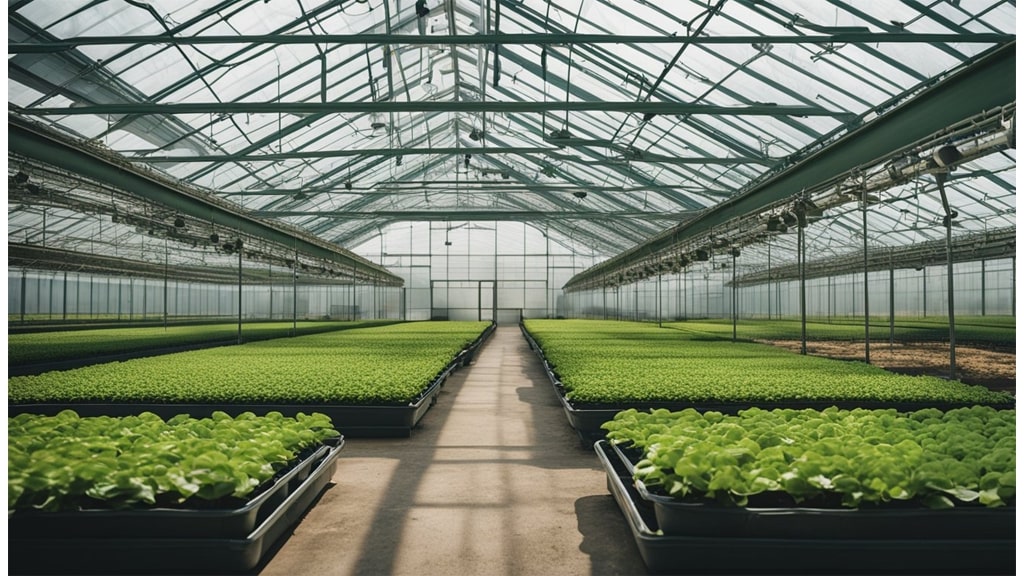
Efficient Resource Use
We use up to 90% less water than conventional farming. Nutrient solutions are recirculated, so there’s less waste. This makes hydroponic production ideal for areas facing water scarcity.
Faster Growth and Increased Yields
Plants get nutrients like macronutrients and micronutrients delivered directly to their roots. Because of this, they can grow 30–50% faster and often produce higher yields. Our ability to manage nutrient analysis and adjust nutrient management precisely means healthier, more vigorous plants.
Space Optimisation
Hydroponic systems—especially vertical setups—make the most of limited space. We can grow crops in dense arrangements, fitting more plants within smaller greenhouses or indoor environments.
Reduced Pest and Disease Pressure
No soil means no soil-borne diseases or pests. This lowers the need for pesticides and results in cleaner produce. Artificial media such as perlite, vermiculite, expanded clay, coconut coir, rockwool, and oasis allow us to fine-tune water-holding capacity and substrate conditions.
Key Materials and Techniques
| Substrate | Common Uses |
|---|---|
| Rockwool | Seed starting, slab culture |
| Perlite/Vermiculite | Drainage and aeration |
| Coconut Coir | Water retention |
| Expanded Clay | Support for roots |
| Oasis | Propagation |
We often rely on drip irrigation and nutrient recycling to maintain optimal nutrient solutions. Adjusting these variables allows us to customise growing conditions for each crop, further enhancing productivity.
Key Differences
Choosing between hydroponics and greenhouses depends on our priorities, such as cost, space, and ongoing upkeep. Each method offers unique benefits and challenges, especially when it comes to efficiency, sustainability, and crop yields.
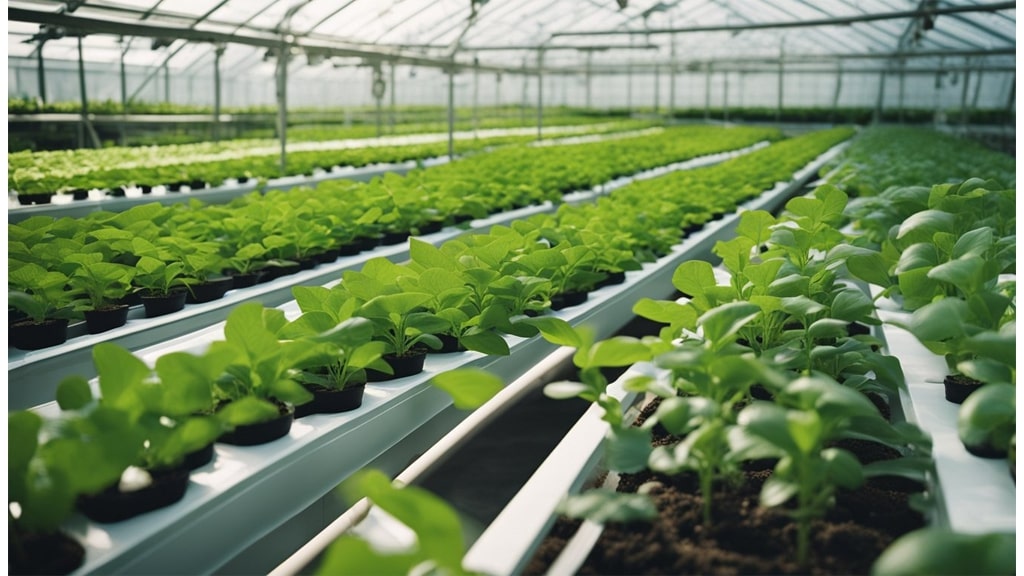
Investment & Cost
The initial investment for hydroponic farming tends to be higher due to the need for specialised systems, such as pumps, grow lights, reservoirs, and monitoring equipment for factors like electrical conductivity (EC) and pH.
Traditional greenhouse farming typically requires land preparation, construction, and soil management, which may have lower upfront costs. However, these savings can be offset by ongoing expenses for soil amendments, pest control, and water.
Operational expenses also differ:
| Expense Area | Greenhouse | Hydroponic |
|---|---|---|
| Initial Setup | Construction, Soil | Specialised Equipment |
| Operational | Soil Inputs, Water | Nutrients, Electricity, Maintenance |
| Lighting | Natural Sunlight | Artificial Lighting (often) |
Hydroponics often has higher electricity costs, especially if we rely on artificial lighting or climate control. In contrast, greenhouses can utilise natural sunlight, though this depends on local sunlight hours.
Space Efficiency
Hydroponic systems are designed for maximum yield in minimal space. We can stack growing trays vertically, making it possible to produce far more per square foot than with traditional soil beds.
A vertical hydroponic farm can fit the same output in a fraction of the area we’d need for a greenhouse using soil-based beds. Space savings matter most in urban settings or regions with limited agricultural land.
Key factors driving space efficiency in hydroponics:
- Vertical Stacking: Multi-level plant racks.
- Densely Packed Roots: Systems like nutrient film technique (NFT) allow closer plant spacing.
- Optimised Light Spectrum: Artificial lighting lets us tailor conditions for each layer.
Greenhouses are better for crops that don’t thrive in water-only systems or where space isn’t a premium concern. Still, hydroponic setups outperform if yield per area is our main goal.
Maintenance
Hydroponic systems require us to monitor nutrient concentrations, pH, and electrical conductivity daily. Pumps, tubing, reservoirs, and grow lights need regular cleaning and occasional replacement, making technical know-how valuable.
For soil-based greenhouses, we focus on soil health, which involves composting, irrigation, nutrient management, and pest control. Environmental factors like temperature, humidity, and ventilation must also be monitored, but often with less precision than hydroponic farms demand.
Hydroponic maintenance is often more time-consuming but ensures consistent crop quality. Greenhouse maintenance can be labour-intensive, especially for larger operations or when dealing with pests and diseases in the soil.
Water Usage
Hydroponics stands out for water efficiency. Water circulates within closed-loop systems, and any unused water is recaptured, filtered, and reused. This can cut water use by up to 90% compared to traditional soil growing.
Greenhouses, while offering better water control than open fields, still lose water through evaporation, runoff, or inefficient irrigation. Soil can retain water, but not as efficiently as hydroponic setups.
In areas facing water scarcity, hydroponics may be the more sustainable option. For greenhouse growers, drip irrigation or rainwater harvesting can lower water use but rarely matches the savings achieved by hydroponics.
Pest And Disease Risk
Soil is a common source of pests and diseases. Greenhouse crops can be affected by soil-borne fungi, nematodes, and insects that require constant monitoring and treatment.
Hydroponic farms eliminate soil from the equation, reducing risk of soil-borne issues. Since water and nutrients are delivered directly, there’s less chance for certain pests to thrive. However, hydroponic systems can still see algae build-up or root diseases if we aren’t careful with system cleanliness and water quality.
Pest control in greenhouses often needs chemical or integrated pest management, while hydroponic growers focus more on sterilising equipment and maintaining clean systems. Either way, active oversight is a must to avoid crop damage or loss in both settings.
Conclusion
We've seen that hydroponics and greenhouse farming offer different ways to grow plants in controlled environments. Hydroponics uses a water-based nutrient solution without soil, while greenhouses often rely on soil or alternative mediums.
Here's a quick table to highlight the main differences:
| Factor | Hydroponics | Greenhouse Farming |
|---|---|---|
| Growing Medium | No soil, uses water/nutrients | Usually, soil/medium |
| Water Usage | Lower usage | Higher usage |
| Setup Needs | More technological | Can be simpler |
| Space Efficiency | High | Variable |
When choosing the right method, we should think about:
- The type of crops we want to grow.
- Available space and resources.
- Our budget for setup and ongoing maintenance.
- Desired level of control over the environment.
If we have limited water, hydroponics can be a more efficient solution. For larger-scale operations or traditional crops, greenhouses may be a better fit.
Experimenting with both systems can help us better understand plant care and achieve better results. By combining techniques, we may even create a system that fits our unique needs and goals.







 Store Locator
Store Locator




